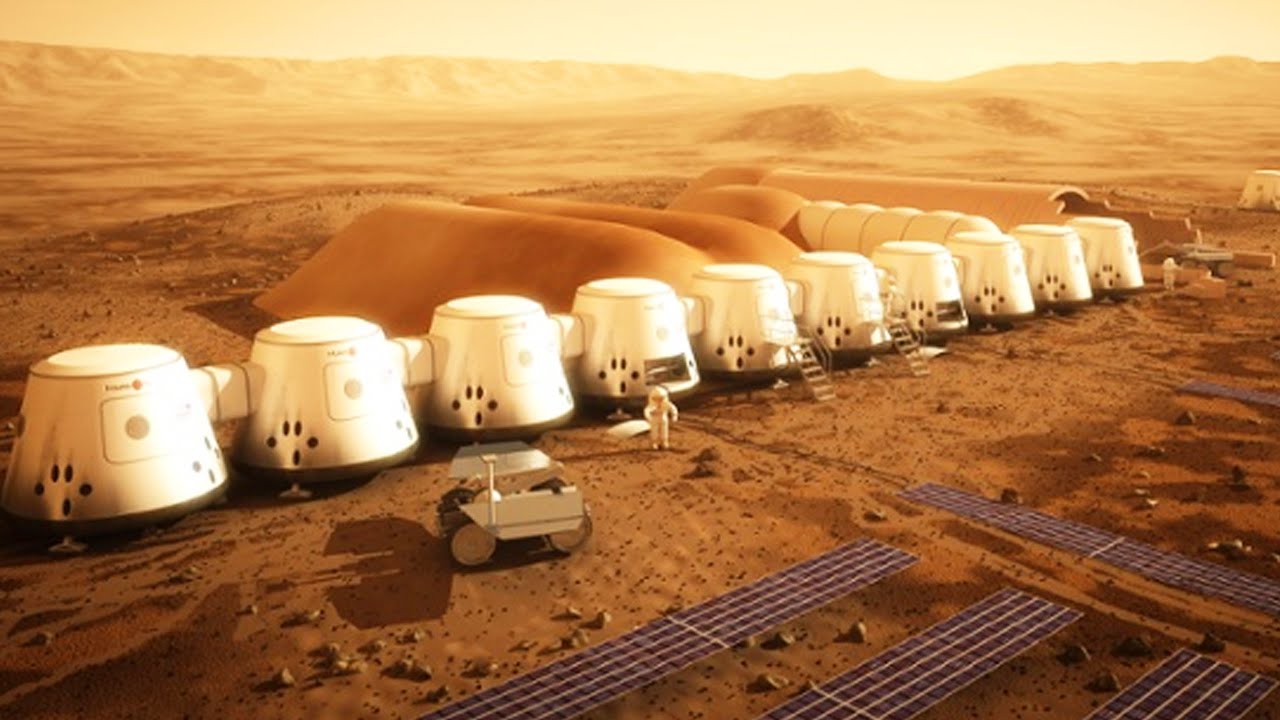Mars is a challenging place to live for a number of reasons. First and foremost, the planet has a very thin atmosphere, which means that it does not have the protective layer that we have on Earth to shield us from cosmic radiation and extreme temperature fluctuations. The temperature on the surface of Mars also varies widely, ranging from about -225°F (-153°C) at the poles to about 70°F (20°C) near the equator.
Furthermore, there is no liquid water on the surface of Mars, and the planet does not have a protective magnetic field like Earth’s, which means that it is exposed to higher levels of solar radiation. These conditions make it difficult for humans to survive on the planet without specialized equipment and infrastructure.
However, scientists and engineers are working on ways to make Mars more habitable for humans. This includes developing technologies to produce oxygen, water, and food on the planet, as well as building habitats that can protect against the harsh environment. Some of these efforts are being led by private companies, such as SpaceX, which is working on a plan to send humans to Mars as early as 2024.
As humanity looks to the stars and contemplates the possibility of exploring and settling other planets, one of the most talked-about destinations is Mars. The fourth planet from the sun, Mars is a rocky, terrestrial planet with a surface that is strikingly similar to that of Earth. But can we actually live on Mars?
But that doesn’t mean that we can’t visit Mars or even establish a presence on the planet. In fact, several space agencies and private companies, such as NASA and SpaceX, are working on plans to send humans to Mars in the coming decades. These missions will involve sending astronauts to the planet in specialized habitats and vehicles, which will allow them to survive the harsh conditions and conduct research.
Ultimately, the goal is to develop the technologies and infrastructure needed to make Mars more habitable for humans. This includes developing ways to produce oxygen, water, and food on the planet, as well as building habitats that can protect against the harsh environment. Some scientists and engineers even envision terraforming Mars – that is, using technology to transform the planet’s surface and atmosphere so that it is more suitable for human habitation.
While it may take some time before humans are able to live on Mars permanently, the possibilities for exploration and discovery on the Red Planet are vast. And as we continue to push the boundaries of what is possible, who knows what the future may hold for humanity on Mars and beyond.
